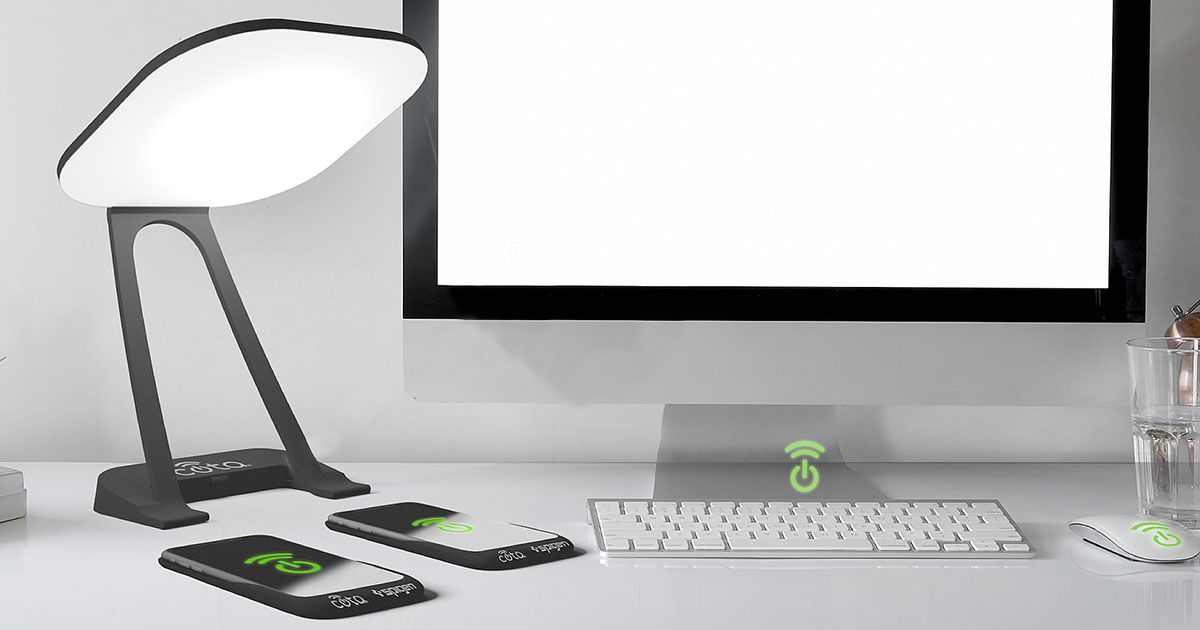Originally posted by Michael Koziol on IEEE Spectrum

While supplying power wirelessly seems like a promising idea in theory, the technology has been explored for years and its reality has never quite lived up to the hype. In all likelihood, the most sophisticated example you’ve seen of wireless charging is something like the wireless charging pads on coffee shop tables. Such pads require you to leave your device on them, making it difficult or impossible to use your gadget at the same time. That’s a far cry from being able to set down your device anywhere in the room and have it charge, or charge while you’re using it.
The physics of making such a thing possible are, it turns out, tricky. There’s been no shortage of ideas for wireless charging methods; startup uBeam, for example, has promised ultrasonic power transmitters but struggled to deliver for years. Energous, another startup, sells a charger that emits a pocket of 5.8 GHz radio waves to provide power to nearby devices.
Ossia’s approach with Cota is similar to Energous in the sense that Cota uses radio waves to provide power (though in Cota’s case, it’s via 2.4 GHz radio waves). But Cota goes a step further, by homing in on devices and directing radio waves at them, to avoid flooding an area with radio waves. Devices ping Cota up to 100 times per second with their locations, and Cota then beams power right back along the path it received the signal from.
Those of you who are savvy about spectrum will notice that the spectrum Cota uses (2.4 GHz) is close to bands allocated for Wi-Fi and 5G (2.5 GHz). Ossia says that the FCC imposed strict limits on emissions outside of the 2.4 GHz band, and so Cota will not interfere with its neighbors on the spectrum. Ossia has plans to eventually deliver power using 5.8 GHz spectrum as well, close to Wi-Fi’s other main band (5 GHz), and will have to meet the same requirement there.
Cota must also comply with the FCC’s Specific Absorption Rate (SAR) requirements. SAR is a measurement of the rate at which RF energy is absorbed by the body. For cell phones, for example, the FCC has set a SAR of 1.6 watts per kilogram. Any cell phone that delivers less than 1.6 W/kg into the human body is therefore considered safe by the agency. For authorization, Ossia had to show that Cota did not exceed the 1.6 W/kg SAR either.
Ossia doesn’t plan to manufacture Cota-enabled devices itself. Instead, it wants to license the tech to commercial partners that Ossia hopes will have devices featuring Cota on shelves by next year.
The FCC authorization grants permission for Cota power sources to transmit power up to 1 meter. Though the company has talked about delivering power wirelessly to devices up to 10 meters away, 1 meter is a solid first step. According to the company, Cota power sources can deliver up to 1 watt of power at that distance.
Ossia says that the company is preparing more submissions to the FCC for consumer use cases. Ultimately, the company sees two potential uses for its technology. The first option is to use Ossia’s Forever Batteries, announced at CES 2018, to replace traditional AA batteries in devices. Forever Batteries include antennas to send location signals and receive power from a Cota device to allow wireless charging (Ossia says there’s no reason the Forever Battery couldn’t be developed for other battery types).
The more radical option is to remove a device’s battery altogether, and use antennas to power battery-less devices. While this may not be fully suitable for the home (your battery-less smartphone would be dead as soon as you left the house), it could be ideal for IoT networks, where replacing dead batteries could be prohibitively expensive or time-consuming.
